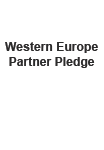Time changes everything. Society evolves and people adopt new perspectives that reshape the way they think and see the world. Also in marketing. From direct persuasion to the creation of value that attracts potential customers. From Outbound Marketing to Inbound Marketing.
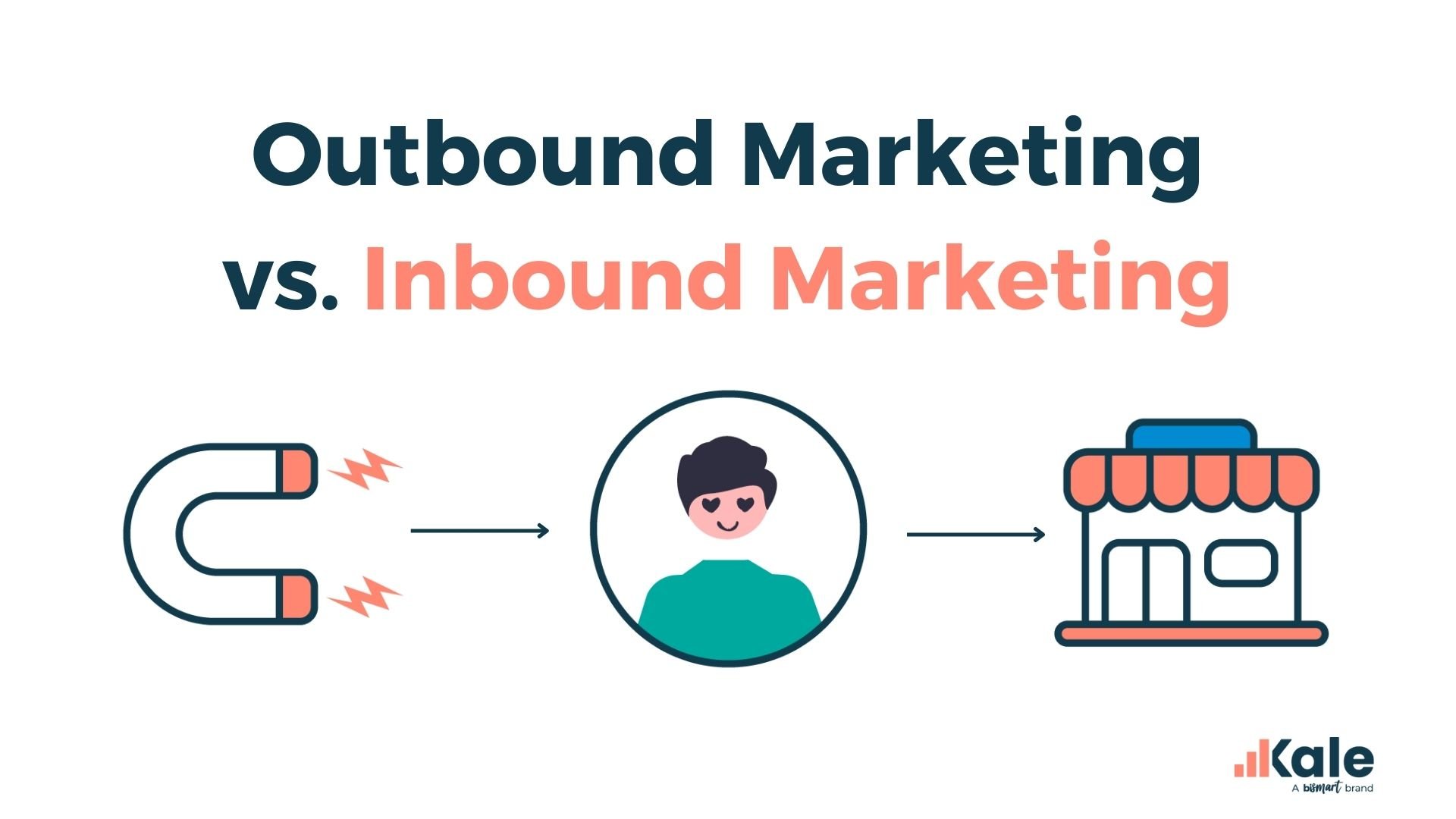
Digitalization and data-driven transformation are changing marketing. Not just digital marketing. Recent changes in marketing go beyond the digital sphere and having an impact in the depths of marketing.
Inbound Marketing is already one of the most valued and applied strategies by companies around the world. Let's see how it works.
What is Inbound Marketing?
Inbound Marketing is a marketing trend that aims to connect with potential customers in a non-intrusive way, through the generation of valuable content and personalized customer experiences.
Inbound methodology focuses on generating growth through the construction and consolidation of meaningful, binding and lasting relationships with customers and potential customers. How? By providing the customer with what they need and offering them the tools and means to satisfy their needs and achieve their objectives at each stage of the customer journey.
The great differentiating factor of Inbound Marketing is that it totally transforms the perspective of traditional marketing or Outbound Marketing. While in traditional marketing it is the brands that approach the customer, Inbound Marketing uses attraction techniques so that it is the customer who comes to the company and not the other way around.
Inbound Marketing begins with an idea: customers don't want to be pursued, they want to be served.
By making the potential customer come to us, we achieve much stronger relationships and a greater probability of attracting customers, since marketers dedicate their efforts to people —leads in Inbound terms— who are already interested in our brand. In other words, the potential customers captured by Inbound Marketing are interested in what we can offer and, therefore, are much more likely to become customers. This also means marketing efforts are better targeted and the marketing team is more productive, which ends up reducing the company's marketing costs.
One of the great advantages of Inbound Marketing is that it achieves much higher conversion rates than Outbound Marketing.
Let data do the talking:
- Inbound Marketing generates 54% more leads than traditional marketing.
- 59% of marketers say that Inbound Marketing produces higher quality leads for sales teams.
- Leads generated by Inbound Marketing cost 60% less than leads generated by Outbound Marketing.

In short, while Outbound Marketing or traditional marketing directly attacks the customer with information that the customer may not want, Inbound Marketing builds useful connections that help clients solve real problems.
Context and content: The keys to Inbound Marketing
Content marketing plays a major role in the Inbound methodology. The main attraction technique of Inbound Marketing is valuable content. Thus, marketers dedicate their efforts to the creation of content that informs, adds value and adapts to the needs and characteristics of the customer or potential customer at each stage of the customer journey.
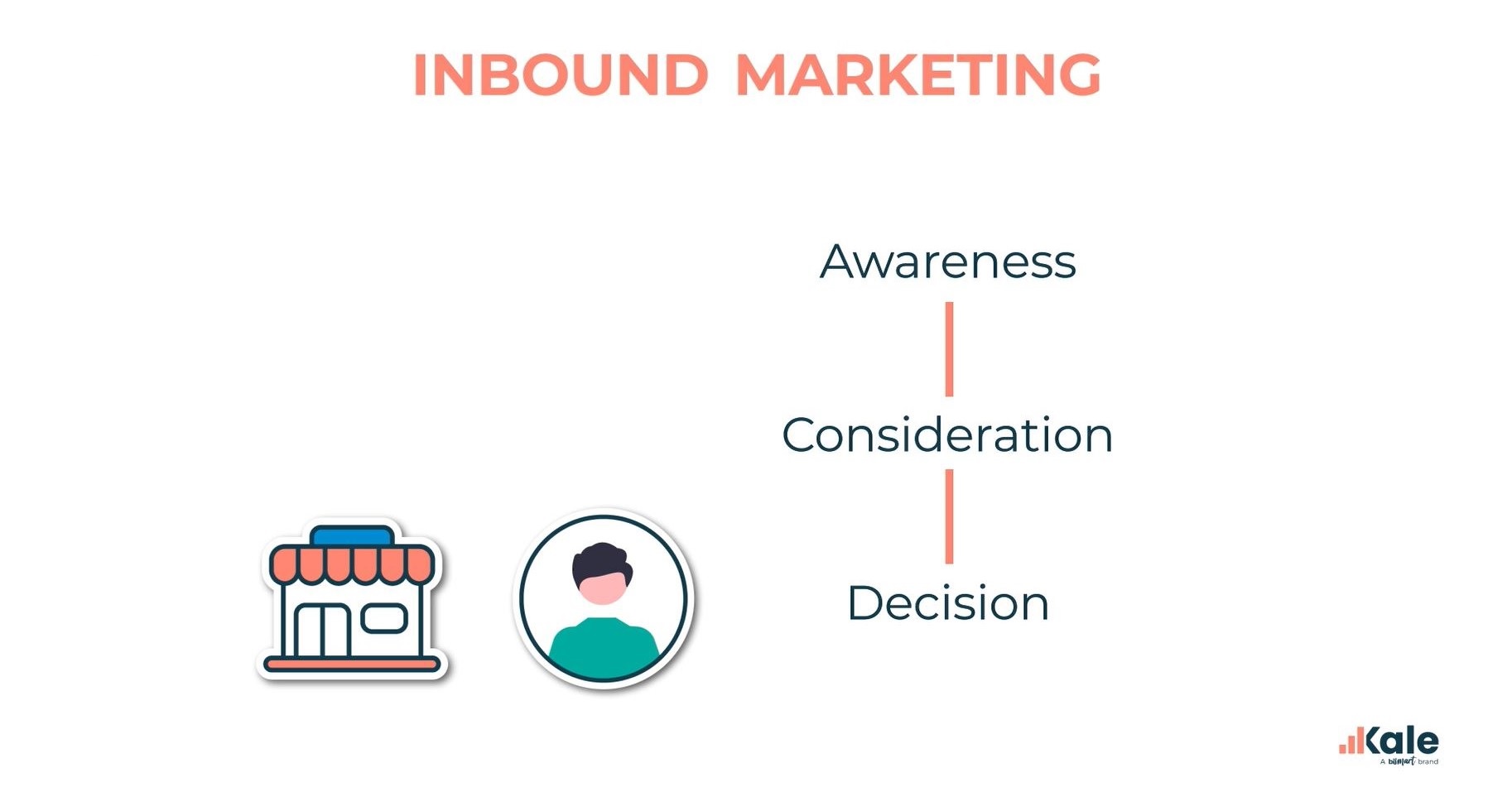 Context is the second key. When a potential customer establishes a relationship with a company or brand, they go through different stages that end up tracing their journey and their customer experience. The foundation of the Inbound methodology is to create the right content for each customer at each stage of the conversion funnel. To do so, knowing the customer and having marketing insights about the customer journey is a must.
Context is the second key. When a potential customer establishes a relationship with a company or brand, they go through different stages that end up tracing their journey and their customer experience. The foundation of the Inbound methodology is to create the right content for each customer at each stage of the conversion funnel. To do so, knowing the customer and having marketing insights about the customer journey is a must.
According to Hubspot, one of the main promoters of Inbound Marketing, lead nurturing has three stages:
-
- Attract: Techniques to capture the attention of the right people through valuable content that positions us as a reference in a topic of their interest.
- Engage: We offer them the information and solutions they need to satisfy their needs and meet their objectives, encouraging them to become customers.
- Delight: We offer the customer the necessary tools and assistance so that they can reach their goal through making a purchase.
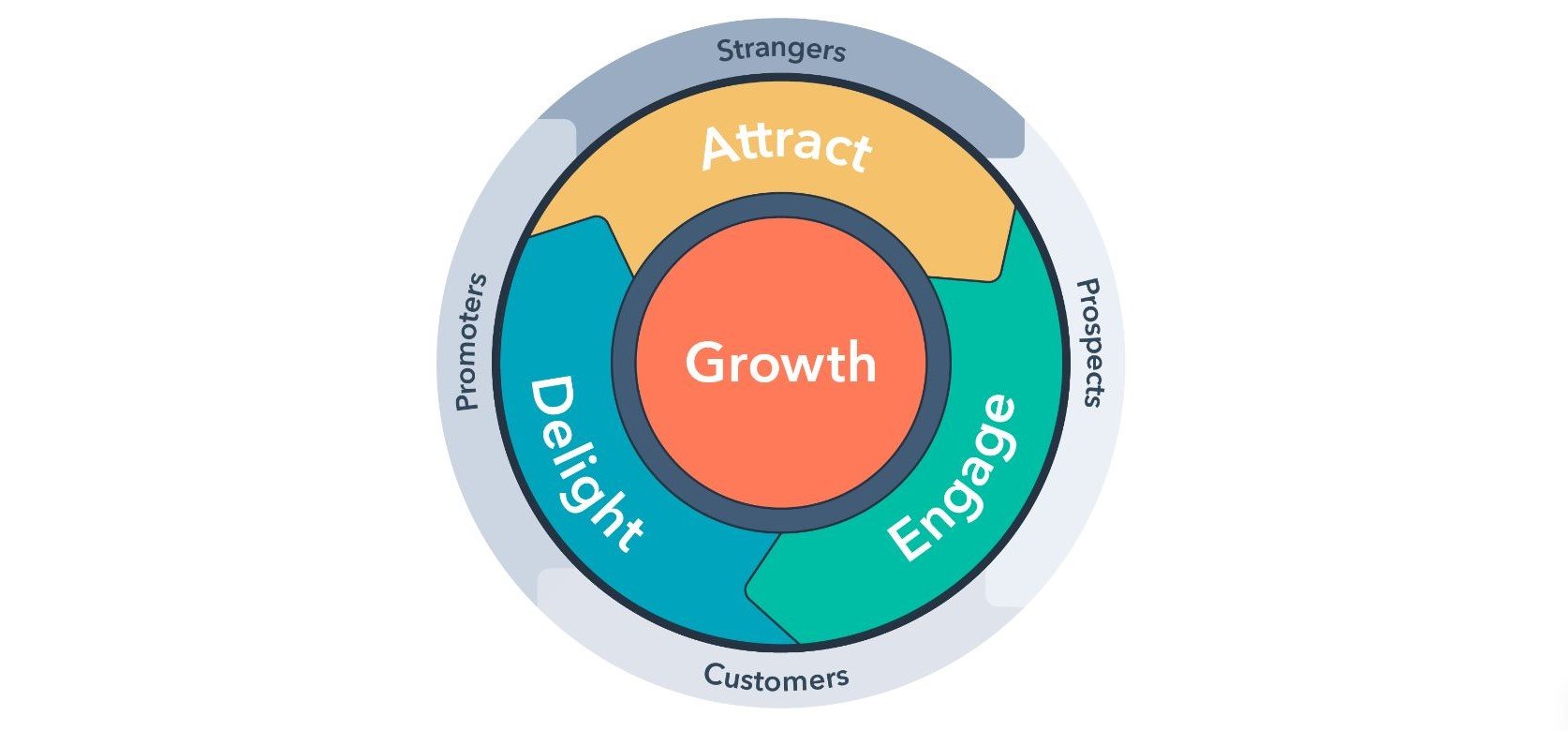 Source: Hubspot
Source: Hubspot
For this methodology to be successful, knowing the customer is essential. Without a solid knowledge base about who our customers are and what they need it is impossible to apply Inbound Marketing properly. Beyond basic customer data, Inbound Marketing requires deeper information about consumers: their behavior, knowledge, life stage, hobbies and interests, goals, fears and professional challenges, for example. The Buyer Persona method is one of the most effective ways to get this information.
- Download our template to create Buyer Personas quickly and efficiently
The keys to apply Inbound Marketing
Knowledge, customer insights, content, context, value and intention. It is difficult to summarize the Inbound methodology in a few paragraphs, as it encompasses a wide variety of techniques and customer strategies: customer segmentation, mapping the customer journey and the customer experience, marketing automation, etc.
That being said, some of the pillars of Inbound Marketing are:
- The creation of content that attracts of our target customers.
- Converting users into leads through value and other techniques such as lead scoring and lead nurturing.
- The automation of recurring marketing tasks to focus resources and time on nurturing leads according to their needs.
- Assisting and guiding leads until they are ready to become customers.
- Measuring results to identify pain points, areas for improvement and trigger constant evolution.
In short, Inbound Marketing is a methodology that has transformed the traditional way of doing and understanding marketing.


